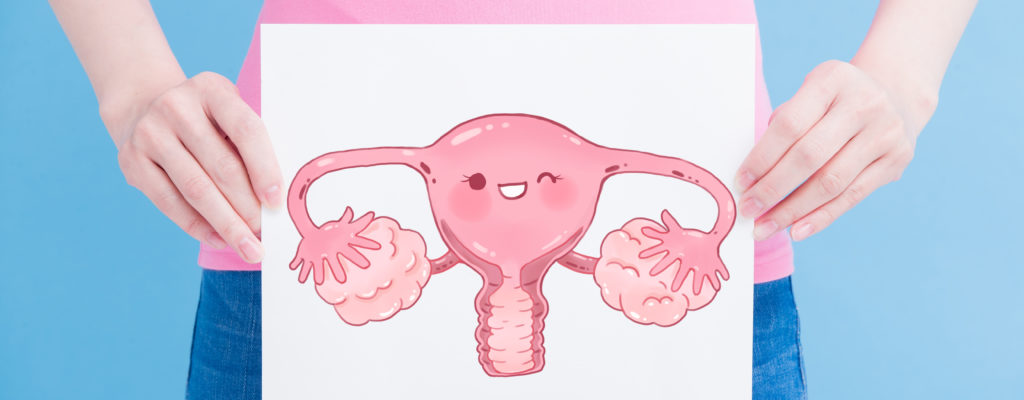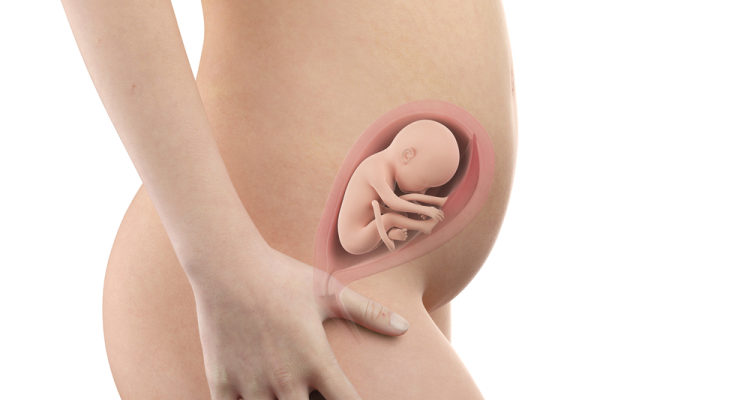
Exercises that are mainly focused on the muscles are most affected during labor and childbirth. So these exercises make your labor and delivery process easier and less painful.
1. Kegel exercises
The pelvic floor muscles help support the uterus, bladder, and intestines. Practicing Kegel exercises will support these organs, thereby helping to reduce discomfort in the late months of pregnancy and can help alleviate two common problems that can start during pregnancy and continue later. There: incontinence and hemorrhoids. Strengthening the pelvic floor muscles can reduce the risk of incontinence both during and after pregnancy.
You can do Kegel exercises in two ways: quickly contract your pelvic floor muscles and then relax. To do this, contract and hold the pelvic floor muscles for 3-10 seconds. Then relax and repeat 10 times. If you are doing a quick contraction, do this 25 to 50 reps.
2. Massage the perineum area
Massaging the area between the opening of the vagina and anus (perineum) for the final weeks before labor can help stretch tissues in preparation for delivery. This can help reduce the pain of the baby's head coming out of the opening of the vagina and may even prevent you from having to peck the perineum to open your vaginal opening while the baby's head is coming out. Pelvic perineum massage has long been recommended by obstetricians and midwives, although there is no clear evidence that this prevents perineal damage.
3. Squatting
Squatting is very helpful in helping you to have labor because it will widen your pelvis by about 1.25 cm and give your baby more space to pull out. However, squatting can make you very tired, so you should only exercise for a short time but regularly exercise to be able to train your muscles.
You can practice squatting as follows: Stand up straight with your back against the wall, spread your feet sideways, and release your arms. Do a slow squat with your back straight and leaning against the wall until your thighs are parallel to the floor. Hold this for 10 seconds and then slowly return to starting position. You should repeat these movements 5 to 10 times.












